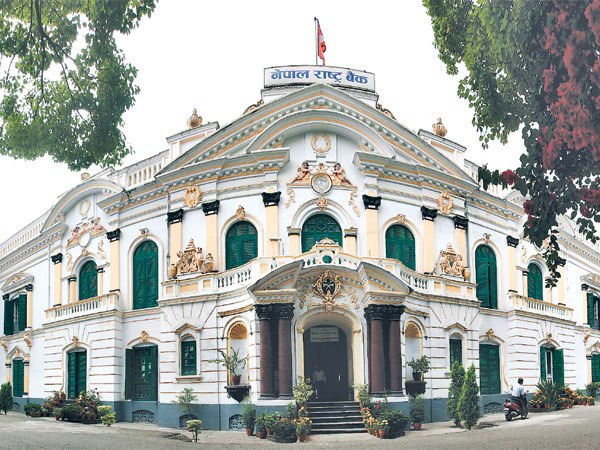Nepal Rastra Bank pins relief to COVID impact
KATHMANDU, JULY 27
Nepal Rastra Bank has put various sectors into three categories on the basis of the level of impact caused by the COVID-19 — highly-affected, semi-affected and least-affected.
Issuing a circular today, the central bank classified crisis-hit sectors into these segments and said that different relief provisions announced through the Monetary Policy for fiscal year 2020-21 would be provided on priority basis.
The NRB has classified tourism industry (hotels, restaurants, trekking/travel agencies, home stay and resorts), aviation and transportation, entertainment hubs, poultry farming, bee-keeping and livestock farming and foreign employment recruiting agencies as sectors highly affected by COVID-19.
It has placed plastic and home appliances manufacturers/traders, educational institutions and child-care centres, beauty parlours and hair salons, consultancy service providers, hospitals and clinics, construction sector, pharmaceutical producers, under-construction hydropower and renewable energy projects as businesses that are semi-affected by COVID-19.
Hydro projects that are already connected to the national electricity grid, e-commerce businesses, essential goods producers, importing trade, petroleum industry, advertising services, internet and telecommunication service providers, liquor and tobacco business and gold and other jewellery business have been classified as sectors least affected by the coronavirus crisis.
According to NRB, different relief packages announced by the government and the central bank will be provided to sectors based on the level of COVID impact. While sectors most affected by the contagion will get loan payment (including instalment and interest payment) period extended by one year, sectors moderately and least affected by COV- ID-19 will get loan payment period extended by nine months and six months, respectively.
In case of tourist standard hotels, the loan repayment period can be extended by two years.
Through the unified directive issued to banks and financial institutions, the central bank has also tightened criteria for issuing personal/individual loans and has made it mandatory for individual borrowers to clearly disclose the purpose of the loan. Amending its Unified Directive-2019, NRB has made disclosure of purpose compulsory on overdraft loans of up to Rs 5 million.
Prior to this, BFIs were allowed to disburse overdraft loans under ‘personal purpose’ heading, within the limit set by NRB.
A version of this article appears in e-paper on July 28, 2020, of The Himalayan Times.






